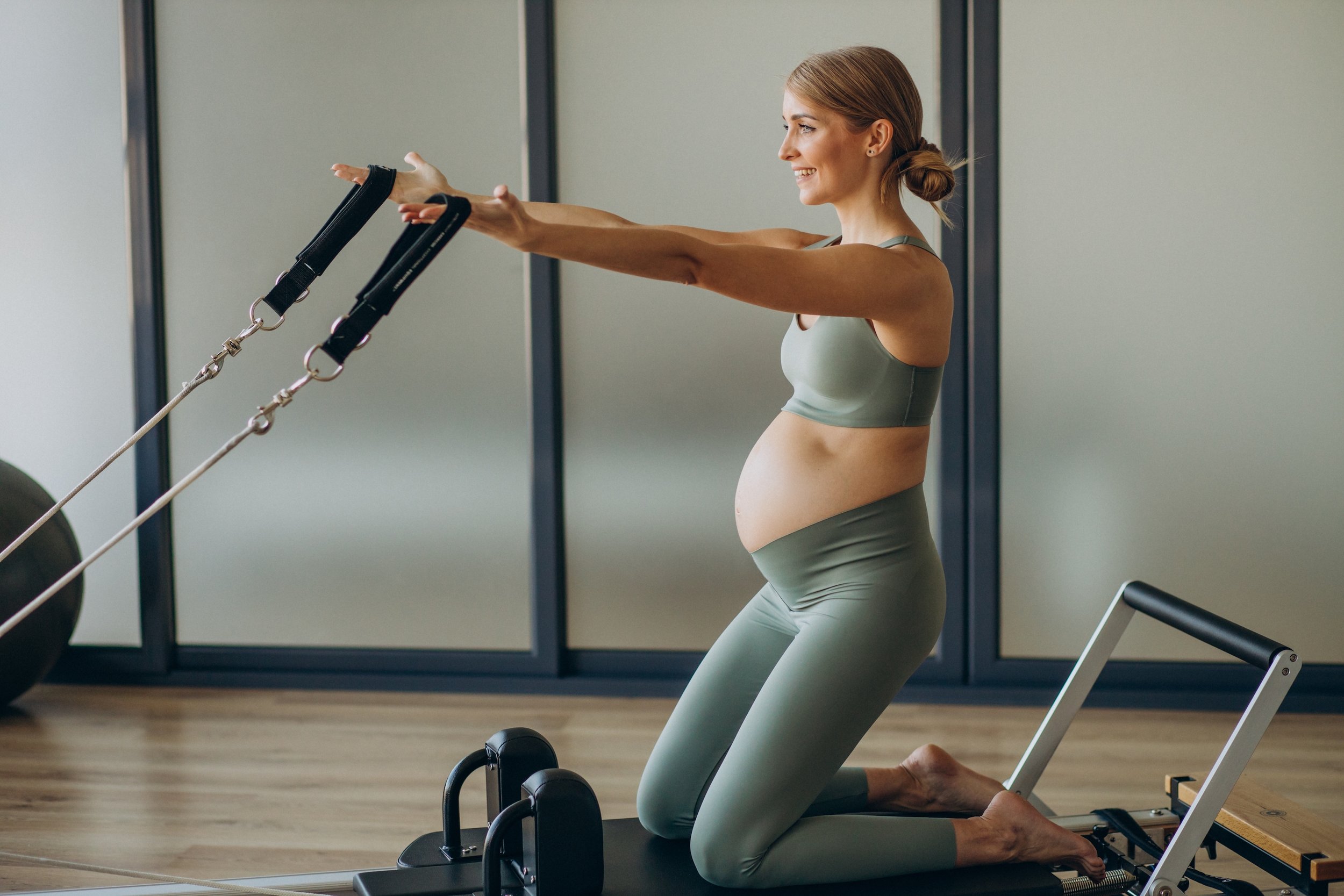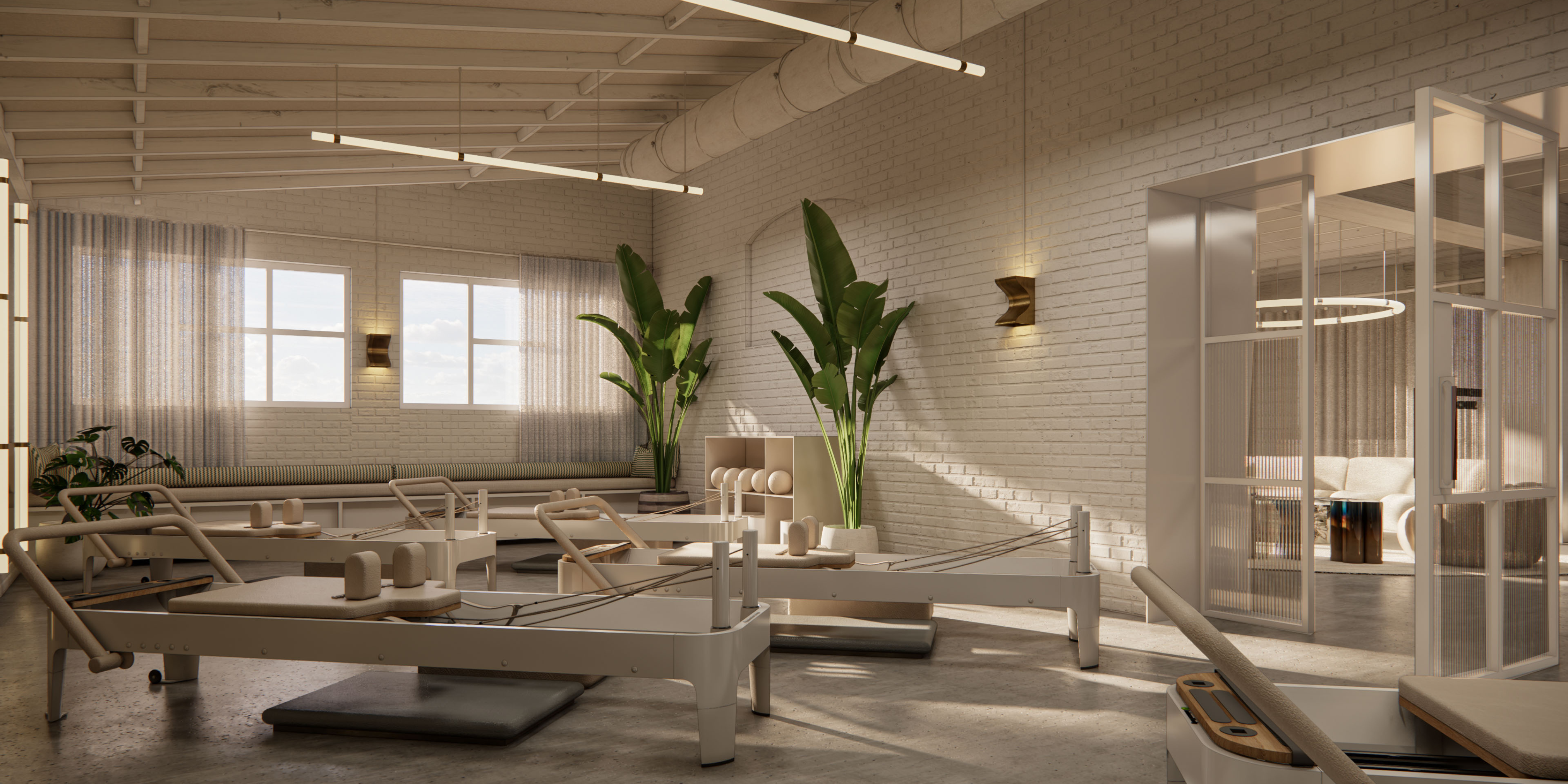Flexibility can be a fickle friend.
High maintenance, fussy, hot and cold, you name it (I did… Mine’s called Nigel). But, they are an incredibly necessary one.
If you’re reading this article, you’re probably someone who dreams of the day their hamstrings don’t scream with every forward fold… Am I right?
I’m here to reassure you that turning flexibility from foe, to frenemy, to friend is one of the best things you can do.
Why is flexibility important for fitness?
Increasing flexibility in conjunction with strength leads to:
- Improved recovery
- Muscular stamina
- Overall longevity in our physical lives
In yoga, they say you’re only as old as your spine feels.
That’s why you see people well into their wonderful twilight years still throwing backbends and balances while breathing easy.
(Note to self: Remember to BREATHE).
Why are some people more flexible than others?
Instead of comparing yourself to others and asking the universe for a new set of hips (I’ve tried, guys, it’s yet to relent).
The reassuring part is that there’s a genetic component to why you may be struggling with flexibility in the first place. Anatomically speaking, everyone’s skeletal structure is set slightly differently.
Hip sockets, bone lengths and rotator cuffs can sit deeper or more shallow, longer or shorter. In turn, the muscles and tendons around those structures act to protect it.
Limiting range of motion is the body’s way of making sure we don’t dislocate everything with a single step, so be grateful for that.
Your body is serving its purpose. However, whatever your “mumma” gave you is not an excuse. Science shows that we can increase our flexibility with proper stretching methods and routine.
How to improve your flexibility
1. Dynamic stretching
Stretching muscles with movements that work through their range of motion is a great way to connect flexibility with strength.
Add reps into your warm-ups and cool-downs. Leg circles for the hips, roll downs for the spine and hamstrings, side bends etc.
Your aim is to teach muscles that moving with length and strength is a part of their job.
2. Be consistent
Muscle memory is a powerful tool.
The fibres in your muscles are highly adaptive, and therefore can make slow, consistent changes based on their environment and your body’s needs.
Teaching them that it’s safe to lengthen slowly is the equivalent of learning any skill. Slow progressions = eventual mastery.
3. Be present
Listen to what your body is telling you in each and every stretch. This should be a form of meditation.
Find out what’s familiar, good or bad pain. Not only will you get some zen time, but you’ll notice more change as you go.
4. Think about the whole picture
Your body is one big, coordinated machine designed to work harmoniously. It’s about teamwork.
For example, hamstring length significantly depends on the surrounding muscles. Lengthening the spine, opening the hips, glutes, and quads will result in higher mobility and access to the hamstring. Don’t leave anything behind, invite everyone to the party.
How to start your flexibility journey
I know it’s corny, but just think where you could be a year from now if you start today.
Starting your flexibility journey can be as simple as jumping into a Yoga class until you get into the habit of stretching in your own time.
You can check out some classes that I teach on our class timetable here.
Lastly, remember to enjoy the process. Get to know your flexibility. Take it on a first date. Go on an adventure together. You’ll have a new friend in no time.
 by
by 




